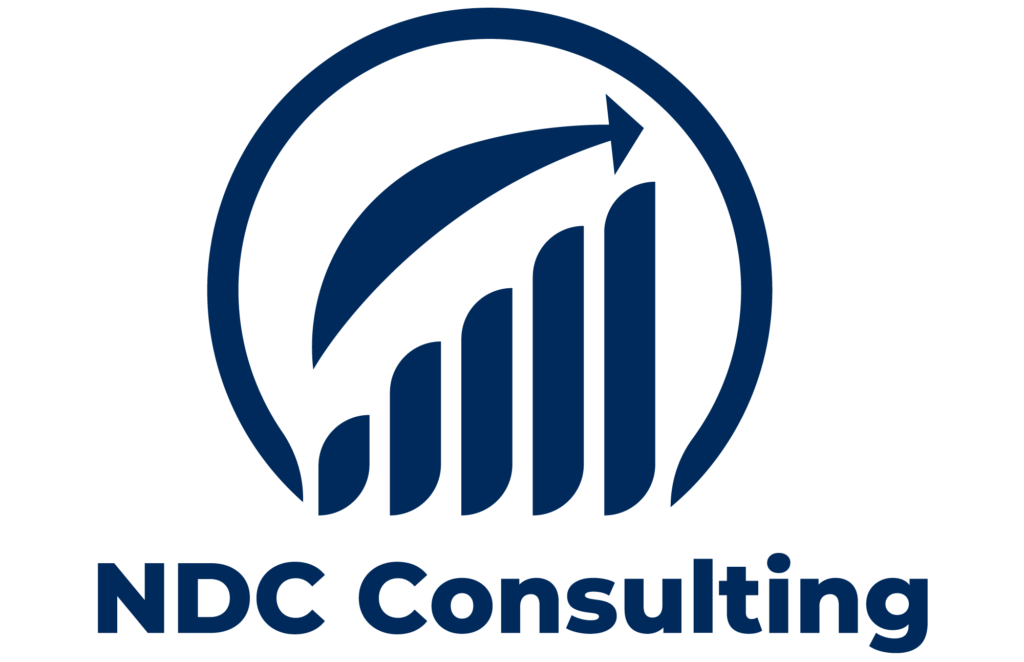
The efficient handling of incident reporting in the medical field is essential to enhancing patient safety. Healthcare administrators can lower the likelihood of reoccurring incidents in their facilities by meticulously recording errors. In healthcare incident reporting must be used strategically because one in twenty patients experience avoidable medical harm each year.
The way incident reporting is designed and implemented affects how effective it is in the healthcare industry. Leaders in the healthcare industry who want to enhance incident reporting through process improvement can find useful advice in this article.
Understanding Incident Reports in Healthcare Safety
Incidents in the healthcare industry result in about 25 thousand deaths annually. Because it helps managers identify gaps in safety protocols and implement corrective actions to improve safety incident reporting is therefore essential for preventing and minimizing harm in healthcare settings.
Employees produce incident reports, which are detailed accounts of the sequence of events leading up to a patient or worker safety incident. Although reporting policies vary from facility to facility, it is generally agreed upon that occurrences should be recorded as soon as possible. Misunderstandings during patient transfers and medication mishaps are two instances of incidents that typically require reporting.
Important incident information, such as the time, place, people involved, and contributing circumstances, are recorded in these reports. In healthcare, thorough event reporting enables businesses to identify areas for improvement, put remedial measures in place, and improve patient safety and care delivery.
The Significance of Incident Reporting
One of the most important tools for resolving patient safety issues and mistakes is the incident reporting practice. This procedure is crucial for a number of reasons, such as:
- Identifying Safety Gaps and Other Issues: The first step toward resolution is to identify and gather data regarding safety incidents. Organizations can identify safety gaps, take ownership of the problem, and start making corrections by becoming aware of these difficulties.
- Supporting Root Cause Analysis (RCA): In the healthcare industry, incident reporting provide vital information and supporting documentation required for carrying out in-depth root cause studies. Healthcare companies can find systemic problems, underlying causes, and contributing elements by looking through incident reports. This makes it easier to build efficient remedial measures to stop recurrence.
- Preventing Future Incidents: By understanding what leads to safety events, healthcare providers can implement targeted interventions, ranging from revised protocols and training enhancements to more robust monitoring systems. Such proactive measures ensure a safer environment for patients and a more efficient, supportive workplace for staff, ultimately fostering a culture of continuous improvement and accountability in healthcare settings.
- Fostering a Culture of Safety: Incident reporting fosters transparency and accountability within healthcare organizations. Encouraging staff to report incidents without fear of reprisal creates an environment where safety is prioritized, leading to continuous improvement and a culture of safety.
Strategies to Enhance Incident Reporting Systems
Despite the potential benefits of incident reporting, up to 86% of patient safety incidents remain unreported, as reported by the Department of Health and Human Services. To maximize the utility of incident reporting in healthcare, it is crucial to minimize barriers to reporting. Strategies to do so include:
- Select a Platform with a User-Friendly Reporting Interface: Implementing an accessible and straightforward reporting system encourages staff participation. Transitioning from paper-based to electronic systems can simplify the reporting process. Streamlining the reporting form to include essential information without overburdening staff can also improve report quality.
- Leverage Technology for Incident Reporting and Analysis: Utilizing data analytics tools can help healthcare organizations analyze incident data more effectively, identify trends, and prioritize areas for improvement. Data analytics tools can also assist healthcare organizations in generating accurate and timely reports for compliance with regulatory requirements and reporting obligations. Automated reporting features can streamline the preparation and submission of regulatory reports, ensuring adherence to regulatory standards and guidelines.
- Ensure Reports Are Valued by Staff: If staff do not experience any sort of follow up activity following the submission of a report, they may be disinclined to submit other reports in the future. Maintaining open communication about the reporting process and providing feedback can reinforce the importance of their contributions. Recognizing and acting on reported data can further motivate staff involvement. Additionally, establishing a transparent process for reviewing and addressing incident reports can instill confidence in staff that their reports are taken seriously.
- Offer Continuous Training and Support: Staff may hesitate to report incidents due to a lack of familiarity with the system or fear of repercussions. Providing ongoing education on reporting protocols and system navigation and fostering a positive reporting culture can alleviate these concerns and encourage more accurate and timely reports. Moreover, offering personalized support and resources for staff who encounter challenges or have questions about the reporting process can enhance their confidence in utilizing the system effectively.
Further Enhancing Your Facility’s Quality of Care
In addition to enhancing incident reporting, there may be further opportunities to enhance the quality of care and support for your staff and patients. Implementing incident reporting software can be instrumental in streamlining the reporting process and ensuring data organization.
By utilizing incident reporting software, facility leaders can streamline the reporting of incidents, enabling staff to document and report incidents more efficiently. This saves time and ensures that critical information is captured accurately and in a timely manner. Additionally, it promotes transparency, accountability, and a culture of continuous improvement within the organization.
Link article: performancehealthus.com

